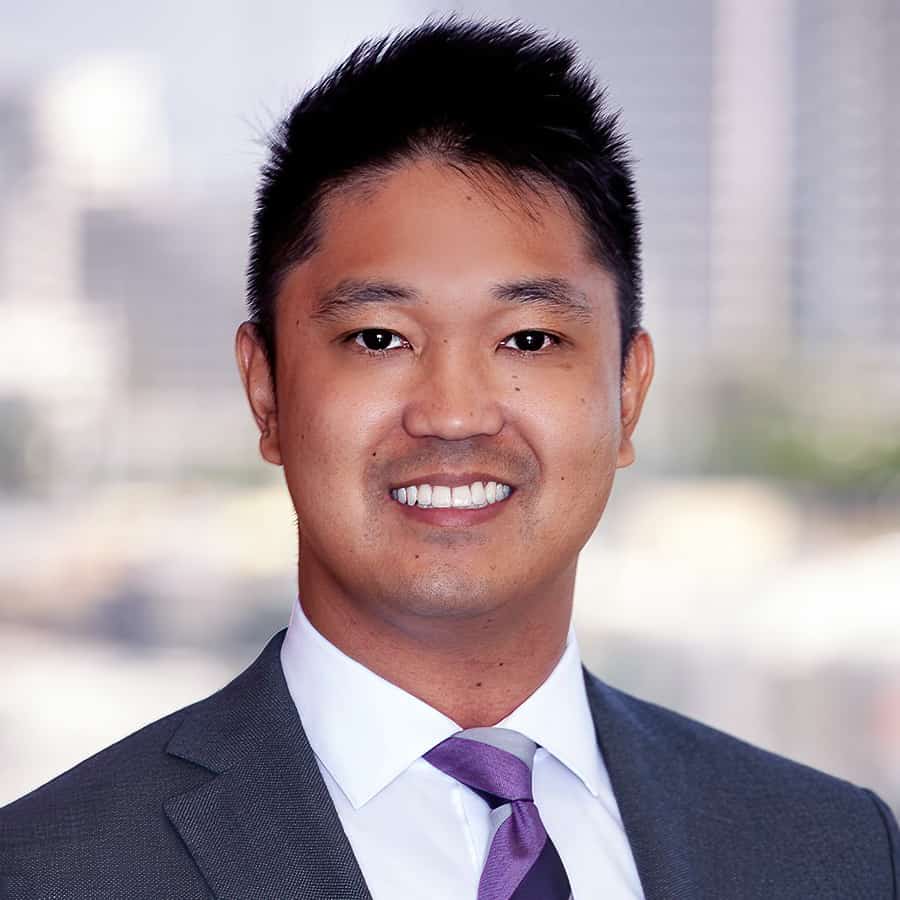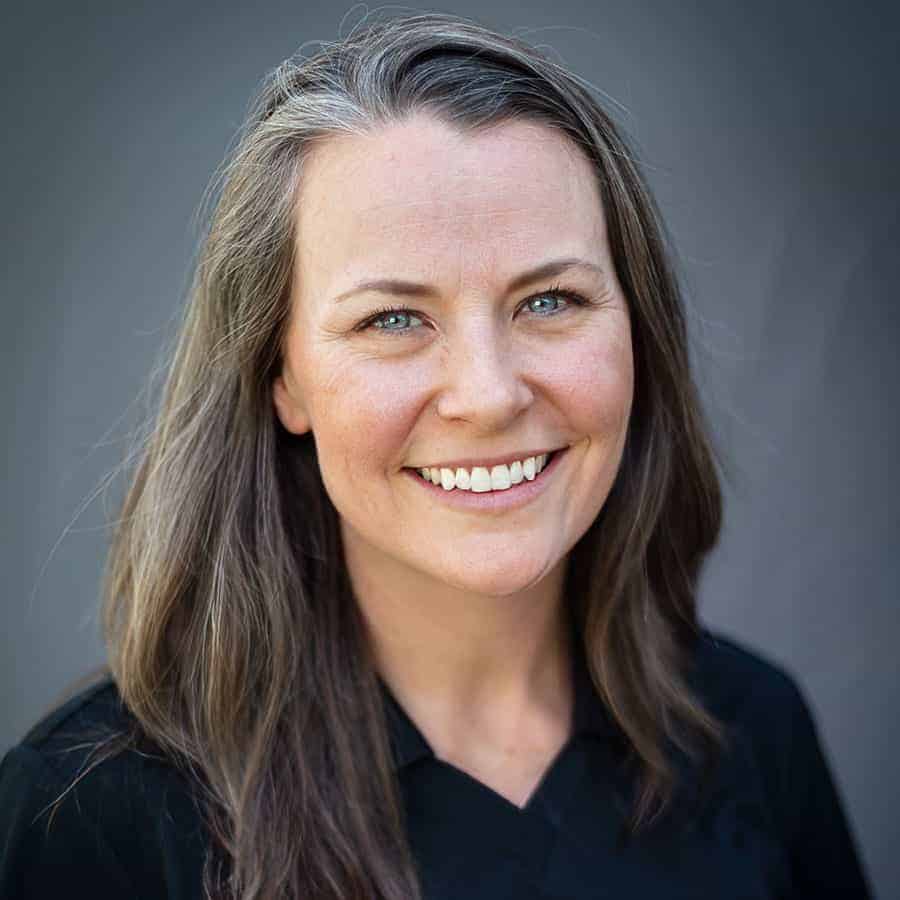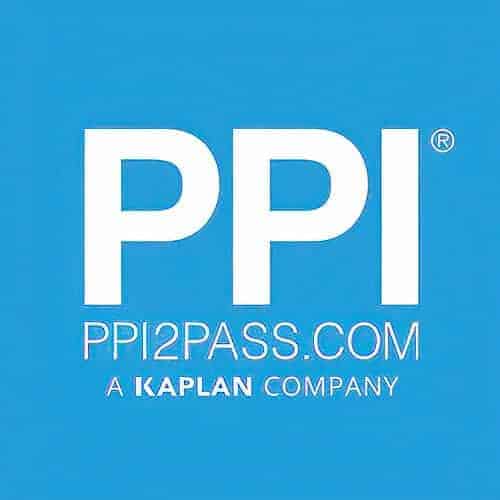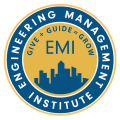In this episode, we talk with Ryan Kersting, SE, FSEAOC, principal at Buehler and current NCSEA President, about functional recovery in structural engineering, and how engineers can deepen their understanding and contribute to improving community resilience. He also talks about NCSEA (National Council of Structural Engineers Associations), exploring its essence and ways for engineers to engage with this organization.
***The video version of this episode can be viewed here.***
Engineering Quotes:
Here Are Some of the Questions We Ask Ryan:
- Is the Functional Recovery Task Committee addressing the same concept as life safety, but using different terminology, considering the focus on building performance versus life safety?
- Could you provide an overview of NCSEA, including its vision, mission, and overall objectives?
- Do some states not have the 44 SEA organizations, and are they more actively engaged in NCSEA since it might be their primary structural engineering organization?
- Can you share how your firm supported your involvement, addressing the common challenge of time constraints or lack of support faced by many structural engineers?
- Can the firm you work for accommodate you through various life phases, considering factors like work-life balance and flexibility that engineers prioritize?
- Could you provide more insight into the future goals of NCSEA and elaborate on what the organization is aiming to achieve?
- What are your thoughts on the NCSEA summit, especially for first-time attendees, considering its diverse focus on technical sessions, community engagement, and topics like diversity and mental health, and is the capital SEE in the “We SEE Above and Beyond” campaign an acronym?
- Are there any other NCSEA plans or projects that you would like to discuss?
- How is NCSEA organized, particularly for initiatives like media spokesperson training, and is there a specific committee where members undergo training to become potential interviewees for media inquiries?
- Can you provide a brief introduction to the concept of resilience and functional recovery, particularly for engineers outside the West Coast, and share your role and involvement in the new committee?
- How does designing buildings for functional recovery bridge the gap in the current code, especially when considering its significant impact on communities, as seen in events like the Northridge earthquake?
- What difficulties are there in pushing for seismic resilience legislation in California, and what actions or strategies are being used to overcome these challenges?
- What is the process like for a practicing engineer going to the Capitol and talking to politicians about our work, and is it typically a collaborative effort involving the entire NCSEA committee presenting our findings?
- What advice would you give to younger engineers as they embark on their careers?
Here Are Some of the Key Points Discussed About the Role of Functional Recovery in Structural Engineering:
- The Functional Recovery Task Committee is transitioning from safety-based to recovery-based building design. Instead of just ensuring safety, the focus is on meeting community recovery goals, particularly by minimizing the time it takes to reoccupy buildings after an event.
- NCSEA, the National Council of Structural Engineers Associations, represents 44 state-level organizations and over 10,000 practicing structural engineers. Their mission is to position structural engineers as key contributors to safe structures and resilient communities, working in collaboration with member organizations to foster leadership and support. As a national advocate, NCSEA partners with organizations like CASE and SEI to empower practicing structural engineers, aiming to unlock their full potential.
- NCSEA plays a dual role, supporting well-established SEAs in states like California and acting as the primary organization for smaller states without SEAs It serves as a national connection for individuals in these smaller states through committee engagement and the NCSEA Summit, ensuring support for both mature and developing SEAs and promoting collaboration within the structural engineering community.
- Ryan’s career at Buehler took a unique turn. Around a decade in, he became a technical lead, engaging with organizations like SEAOC, ATC, NCSEA, and ASCE. After about 15 years, Buehler supported Ryan’s part-time transition for continued industry involvement while balancing family commitments. Now back full-time after eight years part-time, Ryan brings valuable experience to the company. This journey sparked a passion for involvement in codes, standards, research, and public policy, with Ryan aiming to communicate the value of structural engineering to clients, officials, and the wider public.
- Recognizing the dynamic nature of career stages, there’s a growing desire for flexible models in structural engineering. The idea is to accommodate diverse needs, such as taking periodic sabbaticals or short breaks for resetting, acknowledging that individual career paths vary. Engineers invest a lot in projects, and finding ways to hit the reset button, whether in project management, technical roles, or business development, is seen as valuable for the overall profession.
- NCSEA’s recent Disneyland summit was a hit, with high attendance and great sessions. Their “We SEE Above and Beyond” campaign, showcasing structural engineering beyond the basics, is gaining momentum through digital and social media. They’re about to launch the next phase of the “We SEE” campaign, where engineers share insights on their projects to raise awareness.
- The “We SEE” campaign’s SEE represents structural engineering excellence, and the rebranded SEE awards aim to consistently spotlight outstanding work in the field. The goal is to overcome engineers’ humility by providing a platform to showcase their achievements beyond the technical aspects. In its 30 years, NCSEA has evolved to address not only technical aspects but also foster a sense of community and holistic development through initiatives like the diversity and structural engineering scholarship program.
- NCSEA is filling a crucial gap by introducing initiatives. They’re developing Media Spokesperson Training to ensure engineers are reliable voices during crises, creating a proactive approach to media relationships. The NCSEA Foundation is launching a Diversity in Structural Engineering Scholarship Program and a grant initiative for innovation in structural engineering, focusing on exploring and guiding the profession through AI integration. These initiatives reflect NCSEA’s commitment to staying ahead in technological advancements.
- NCSEA has a range of committees, and for the Media Spokesperson Bureau, they invited members to express interest, receiving nearly 150 responses. They started with a core group of 12 to 15 for initial training, with plans to expand for geographic diversity and expertise. The aim is to ensure credibility when explaining events across different regions.
- Looking at recovering function after earthquakes, Congress directed NEHRP agencies to take the lead. The aim is to design buildings that swiftly restore basic functions post-damage. Initially focused on earthquakes, the plan is to broaden the scope to include other hazards, enhancing resilience for the future.
- In California, groups like SEAOC are pushing for building designs that go beyond basic safety, addressing the real impact on communities after earthquakes. They emphasize the minimal increase in construction costs for these designs and advocate for early adoption to enhance community resilience.
- Representatives from seismic safety commissions and building standards commissions, within the engineering community, are actively engaging with policymakers in Sacramento. They aim to educate them on the significance of adopting building codes that prioritize functional recovery after seismic events. They emphasize the necessity of legislation to address this critical aspect of enhancing community resilience.
- Engaging with policymakers in California, especially through SEAOC’s legislative visit days, involves one-on-one conversations to showcase the value of engineering expertise in post-wildfire and post-earthquake programs. Despite not always meeting directly with elected officials, the effort builds trust and emphasizes the engineering community’s role in shaping resilient communities through legislative activities. This involvement is seen as invigorating and contributes to essential reports, like FEMA and NIST’s recommendations, advancing understanding for a more resilient future.
- Young engineers must develop a diverse skill set by exploring public advocacy, policy work, and building relationships, broadening their professional horizons. Embracing various opportunities contributes to personal growth and enhances the engineering field.
More Details in This Episode…
About the Guest: Ryan Kersting, SE, FSEAOC

Ryan is currently serving as president of the National Council of Structural Engineers Associations (NCSEA) and is the past president of the Applied Technology Council (ATC). He has participated in many of ATC’s technical projects, most recently serving as the chair of the NIST-FEMA Functional Recovery “Committee of Experts” and lead author of that committee’s report to Congress, which contains recommendations for how to improve the post-earthquake recovery time of the built environment. Following the completion of that publication, he is now serving on the Provisions Update Committee for the 2026 NEHRP Recommended Seismic Provisions as a voting member of the PUC and as the chair of the Functional Recovery Task Committee.
Ryan is a former member of the NEHRP/NIST Advisory Committee on Earthquake Hazards Reduction; is a voting member of the ASCE 7-28 Main Committee and Seismic Subcommittee; and is frequently a technical presenter on seismic topics at various conferences and seminars. He has also contributed to multiple publications and design examples. Ryan served on the SEAOC Board of Directors (including serving as 2014-2015 SEAOC President); was a voting member of the SEAOC Seismology Committee for many years (including serving as 2010-2011 Chair); was chair of the 2007 SEAOC Convention Committee; and is the past chair of SEAOC’s Legislative Committee.
Through consistent and extensive involvement in local, state-level, and national organizations over his professional career, Ryan has become highly respected for his leadership skills in addition to his technical expertise and collaborative spirit. In his most recent role for SEAOC with the Legislative Committee, his active advocacy and tireless effort have extended the influence of SEAOC and our profession, beyond building codes and design projects, into the realm of public policy. Ryan’s vision of the role of the structural engineer in this arena and his leadership of this committee have allowed SEAOC to deftly navigate unfamiliar political waters to not just become familiar with the process but to become influential. In this arena, he has been able to explain technical topics in terms that the audience can understand and has promoted SEAOC and our profession as trusted experts who take our responsibility to provide safe structures and our role in improving the resilience of our communities very seriously.
Those of you who have seen Ryan working on engineering projects and technical committees know of his skills as an engineer. Don Schinske, SEAOC’s Executive Director and registered lobbyist, likes to say that as good as Ryan might be as an engineer on projects and committees, he might be even better suited as an engineer advocating for our profession in the public policy arena. His efforts and success on the SEAOC Legislative Committee are a testament to those skills and also a testament to his dedication to public engagement in our profession.
About the Hosts
Mathew Picardal, P.E., SE

Rachel Holland, P.E.

Sources/References:
Buehler
Cal Poly SLO
UC Davis
Applied Technology Council
Structural Engineers Association of California
NCSEA
ASCE 7 Seismic Committee
Functional Recovery Task Committee
ASCE (American Society of Civil Engineers)
ATC (Applied Technology Council)
NCSEA Summit
NCSEA We SEE Above and Beyond Campaign
Surfside Building Collapse
FEMA
NIST
USGS
National Earthquake Hazards Reduction Program
Connect with Ryan Kersting, SE, FSEAOC, on LinkedIn
This Episode Is Brought to You by PPI

Please leave your comments or questions in the section below on how you have witnessed the role of functional recovery in structural engineering.









